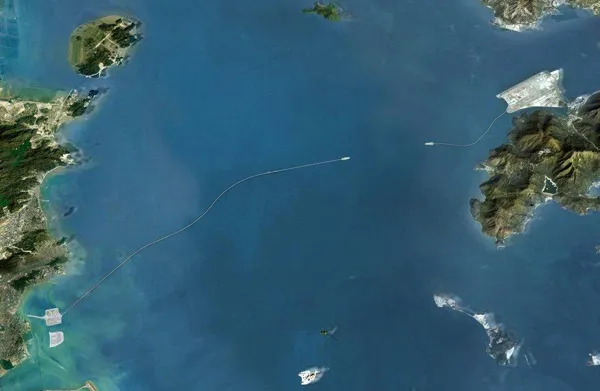A new transport plan for Colombia’s capital, Bogota, is intended to cut congestion. The plans are being drawn up by Bogota council's Urban Development Institute (IDU). In all 75 separate works are included in the plan, ranging from building or upgrading 155km of roads to constructing 183km of cycle lanes. Of the 75 works outlined in the plans, the aim is for 20 to be complete by the end of 2019.
The IDU estimates that the work will cost US$5.5 billion to carry out. Upgrades to the Avenida Ferrocarril should be completed in the first quarter of 2019, while a new bridge Calle 183 and the Autopista Norte highway will be completed in the first half of 2019. Another bridge will be built between Calle 183 and Avenida Boyaca. Other projects to be completed in the first half of 2019 include work to Avenida La Sirena, Avenida Mutis and Avenida El Rincon. This last includes upgrades 2.8km of road and adding 2.1km of cycle lanes for example. One of the biggest projects for the first half of 2019 will be the project to improve 20km of the Carrera 7 corridor, which includes building 11km of cycle lanes.
Cutting congestion in Colombia’s capital with combined connectivity concept
A new transport plan for Colombia’s capital, Bogota, is intended to cut congestion. The plans are being drawn up by Bogota council's Urban Development Institute (IDU). In all 75 separate works are included in the plan, ranging from building or upgrading 155km of roads to constructing 183km of cycle lanes. Of the 75 works outlined in the plans, the aim is for 20 to be complete by the end of 2019.
The IDU estimates that the work will cost US$5.5 billion to carry out. Upgrades to the Avenida Ferrocarril shoul
January 16, 2019
Read time: 2 mins







